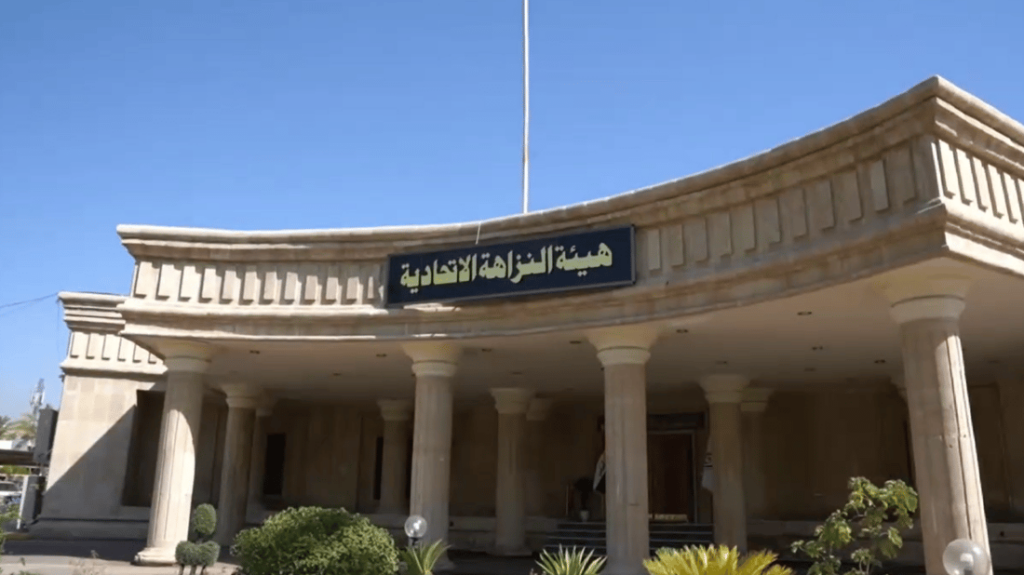Greece: UNHCR Europe Monthly Report (October 2019)
TRENDS AND KEY FIGURES
MEDITERRANEAN ROUTES: 99,000 refugees and migrants have arrived via the three Mediterranean routes1 to Europe in January-October 2019. This is a roughly 18% decrease compared to the same period last year, when 121,000 people had arrived. In October, some 17,600 refugees and migrants arrived via these routes, which is a 4% decrease compared to October 2018 and 10% decrease compared to September 2019.
GREECE: In October alone, some 11,000 people arrived by sea (9,000) and land (2,000). For the second consecutive month, the top countries of origin were Afghanistan (32%) and Syria (32%). In 2019, the highest number of monthly arrivals to Greece was reported in September (12,500).
From January to October 2019, some 57,100 refugees and migrants have arrived in Greece by land and sea, 32% more than the same period last year (43,300). Some 37% were from Afghanistan, 28% from the Syrian Arab Republic and 7% from the Democratic Republic of Congo.
As of end of October 2019, Greece hosted 103,500 refugees of whom 68,100 are on the mainland and 35,400 on the islands.
Population on the Aegean islands: As of 31 October, the population on the islands reached a new high at 35,400. The five Reception and Identification Centers (RICs) host 30,700 people, almost six times more than their maximum capacity of 5,400.
Population on mainland: 21,600 asylum-seekers/ refugees live in UNHCR accommodations (apartments for vulnerable asylum-seekers). An estimated 22,500 people are hosted in 28 State-run sites. Moreover, some 5,400 people reside in hotels run by IOM, and another 21,800 people live in shelters and private accommodations across urban areas of the country.
Unaccompanied children: Out of the 4,800 unaccompanied children in Greece, 1,000 are in ageappropriate shelters. 2,100 unaccompanied children are in the RICs on the islands and Evros (1,100 of which in Moria, Lesvos). More information can be found in the UNHCR Greece monthly report for October.
SPAIN: In Jan-Oct 2019, almost 27,400 refugees and migrants arrived in Spain, 50% less than in the same period in last year (54,200). After a peak of 4,600 arrivals in January, the highest number of arrivals this year was reported in October (4,000). Most people arriving in Spain this year were from Morocco (30%), Algeria (15%), Guinea (13%) and Mali (11%). More information can be found in the UNHCR Spain sea and land arrivals October report.
ITALY: Over 2,000 people arrived by sea in October. This is the second highest number of monthly sea arrivals this year so far, following the 2,499 in September. 45% of sea arrivals had departed from Libya while others departed from Tunisia, Turkey and other countries.
Some 9,700 refugees and migrants arrived by sea so far in 2019, a 56% decrease from 22,000 in the same period of 2018. Top countries of origin throughout the year were Tunisia (26%), Pakistan (12%) and Côte d’Ivoire (11%). More information can be found in the UNHCR Italy monthly report for October.
MALTA: The number arrivals to Malta has increased significantly as a result of disembarkations of people rescued in the Central Mediterranean after departing from Libya. So far in 2019, some 3,100 refugees and migrants arrived in Malta, more than three times the number recorded at this time last year. Most people were from Sudan (41%), Eritrea (7%), and Nigeria (6%).
CYPRUS: So far in 2019, some 1,700 refugees and migrants arrived in Cyprus by sea, nearly four times more than in the same period in 2018 (460). Top countries of origin were the Syrian Arab Republic, Cameroon and Nigeria




